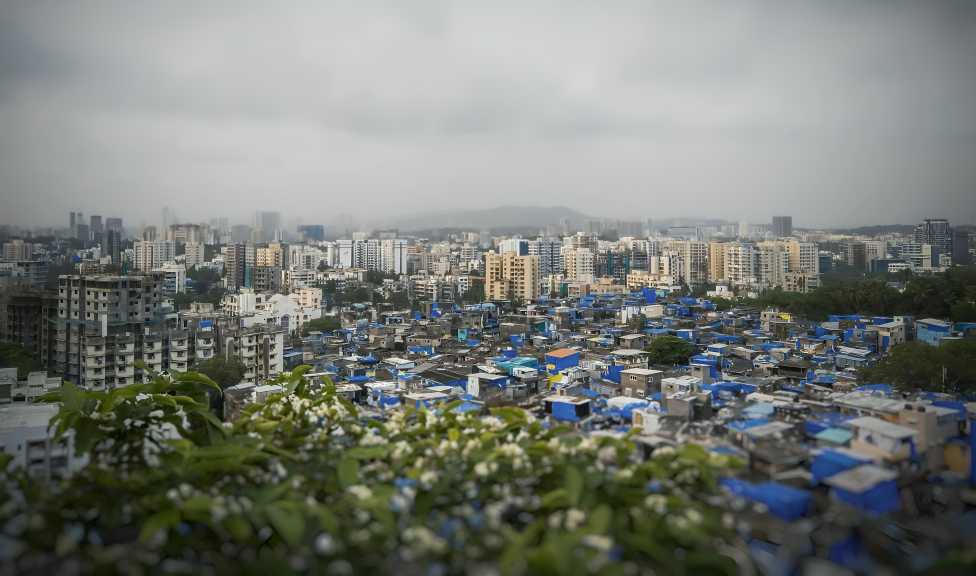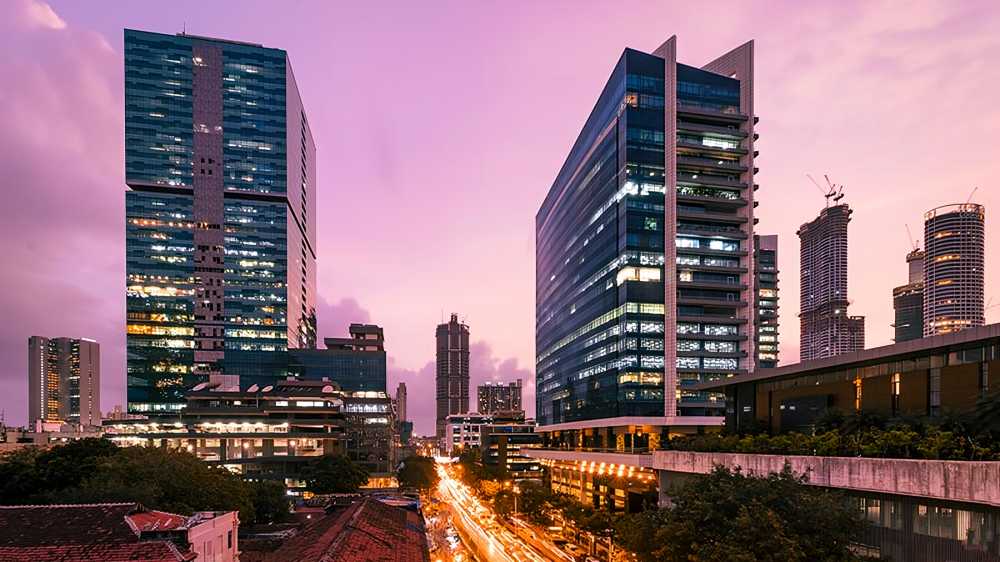October 21, 2025: The morning after Diwali brought a sharp decline in Mumbai’s air quality, with pollution levels plunging into the ‘very poor’ category, particularly in areas like Bandra Kurla Complex (BKC) and Colaba. According to data from the Central Pollution Control Board (CPCB), the BKC-IITM monitoring station recorded an Air Quality Index (AQI) of 377 at 7 a.m. on Tuesday. Officials attributed the deterioration to slowed wind speeds and the intense bursting of firecrackers the previous night.
The CPCB stated that the surge in PM2.5 pollutants was the main cause behind the city’s worsening air quality. While the city’s average AQI at 9:06 a.m. was 212 (‘poor’ category), three stations were marked in the ‘red’ zone. These included BKC-IITM (374), Navy Nagar-Colaba-IITM (346), and Mazgaon-IITM (309)—all within the ‘very poor’ range.
Other monitoring stations such as Malad West (280), Deonar (274), Siddharth Nagar-Worli (269), Byculla (267), Andheri East (261), and Borivali East (246) also fell under the ‘poor’ category. Meanwhile, several parts of Mumbai recorded ‘moderate’ air quality, including Vasai West (107), Worli (122), Colaba (152), and Ghatkopar (192).
As per CPCB standards, an AQI between 0–50 is ‘good’, 51–100 ‘satisfactory’, 101–200 ‘moderate’, 201–300 ‘poor’, 301–400 ‘very poor’, and 401–450 ‘severe’.
On the weather front, the India Meteorological Department (IMD) reported clear skies for Mumbai on Tuesday, with no weather warnings issued. The minimum temperature was expected to be around 25°C, while the maximum could reach 36°C. Meteorologists said the city’s smog layer is likely to dissipate gradually through the day as wind circulation improves.
Source: Hindustan Times





